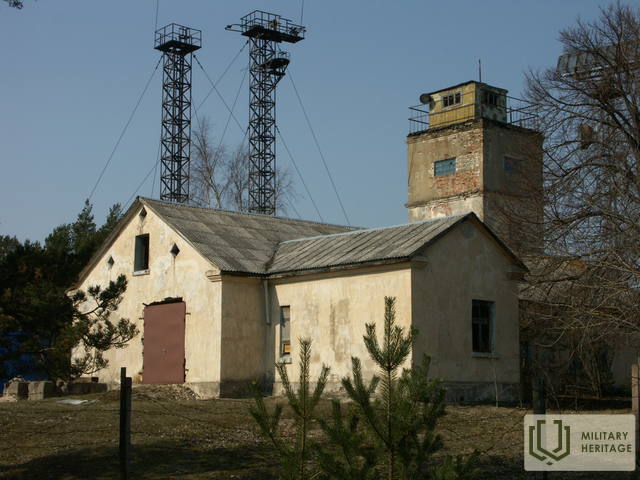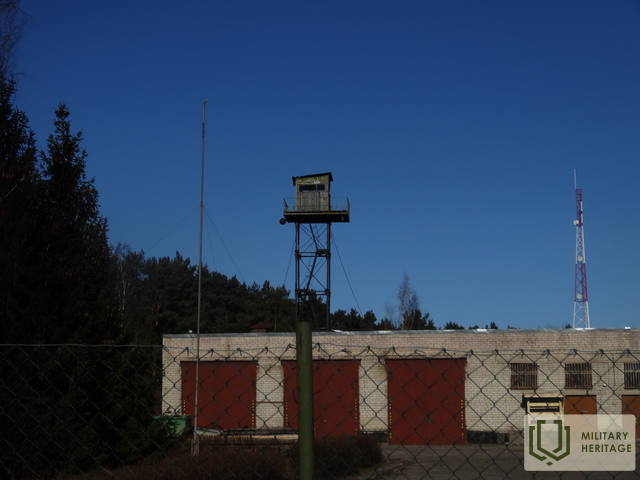Kolka Cape Border Guard Observation Tower
During the Soviet era, border guards observed and controlled the waters of the Irbe Strait from this tower, and in those days it was said that even a duck could not swim through this strait without the border guards' knowledge.
Hidden in the last pine trees of Cape Kolka is a border guard tower, where a border guard post was constantly located during the USSR, and the small stone building next to it is now abandoned and falling into ruin... The top of the tower now looks a little dilapidated, although after the declaration of national independence, our border guards also monitored the sea coast up there, which now, it seems, have been replaced by modern electronic radar equipment, which probably meets all NATO standards.
During the USSR, border guards observed and controlled the waters of the Irbe Strait from this tower, and in those days it was said that even a duck could not swim through this strait without the knowledge of the border guards. The Irbe Strait separated the Small Sea, or the Gulf of Riga, from the Great Sea, or the open waters of the Baltic Sea. Such a concept as the Open Sea has long since disappeared from our vocabulary with the departure of the Soviet army and has been successfully forgotten. The Open Sea was a concept that arose during the so-called Cold War and designated a territory from which a threat to the mighty Soviet Union could arise and come, or, which was no less bad, someone could decide to cross the Iron Curtain and get across the sea to the decaying West, taking with them some important and undisclosed secret of the Soviet Union. Therefore, this strait, which is so similar to a bottle neck, was very closely controlled and monitored. And these functions were performed not only by the border guard armed with binoculars and Kalashnikovs at the top of the Kolka Cape tower and the nearby radar station, but also by border patrol ships that were constantly in this strait. Every boat and ship that crossed this strait was carefully checked if necessary. These sailors especially did not like sailors, whom they probably considered to be chasers in the style of capitalist rich people. Therefore, border patrol ships often deliberately approached very quickly and, while mooring, broke the sides of yachts with their sides - they say, there is no one to mess around with here! Many yachts that passed through the Irbe Strait were deliberately damaged in this way. It is also worth noting that in Soviet times, appearing at Kolka Cape to enjoy the roar of the sea and the Kolka lighthouse in the distance was not so easy, because there was a special territory here that could not be entered so easily, passes were required. And if someone pulled a camera out of their bag, it could end in the best case scenario with forced exposure of the film, or in the worst case scenario with detention, identification of the person, and perhaps even interrogation....
About sailing - Egons Stieģelis, former captain of the yacht "Spaniel".







